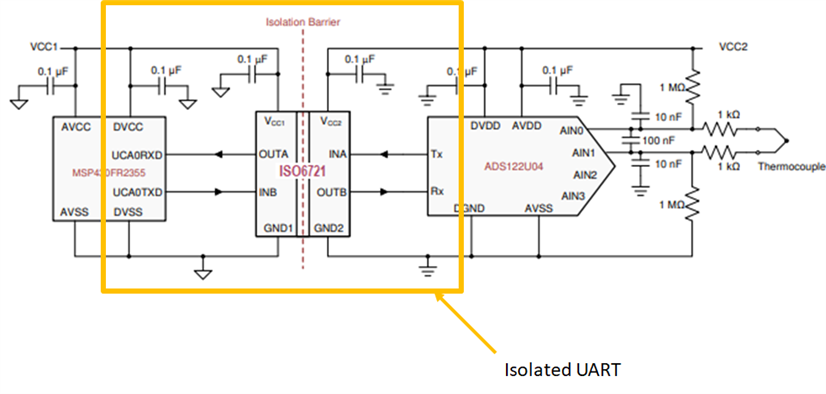Other Parts Discussed in Thread: ISO7721-Q1, ISO6721-Q1, , ISO6721, ISO7721, ISO1640
Hello team,
My customer is looking for UART isolator.
I cannot recommend digital isolator such as ISO6721-Q1, ISO7721-Q1 because customer wants bi-directional isolator.
I see TI has I2C isolated interface named ISO1640-Q1.
Can I use this for UART communication?
Based on my understanding, the only difference between UART and I2C is necessity of clock synchronization or not.
https://www.totalphase.com/blog/2020/12/differences-between-uart-i2c/
Thanks for you help.
Regards,
Oliver Kim



